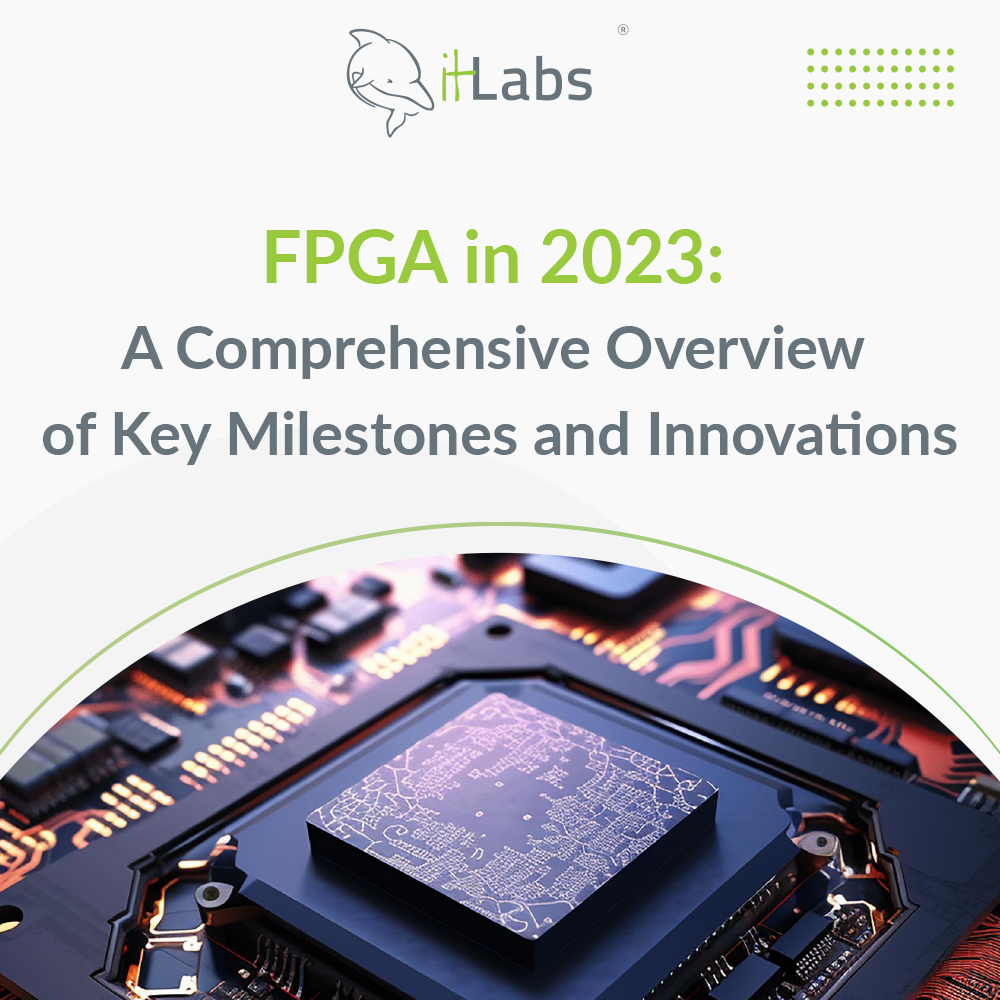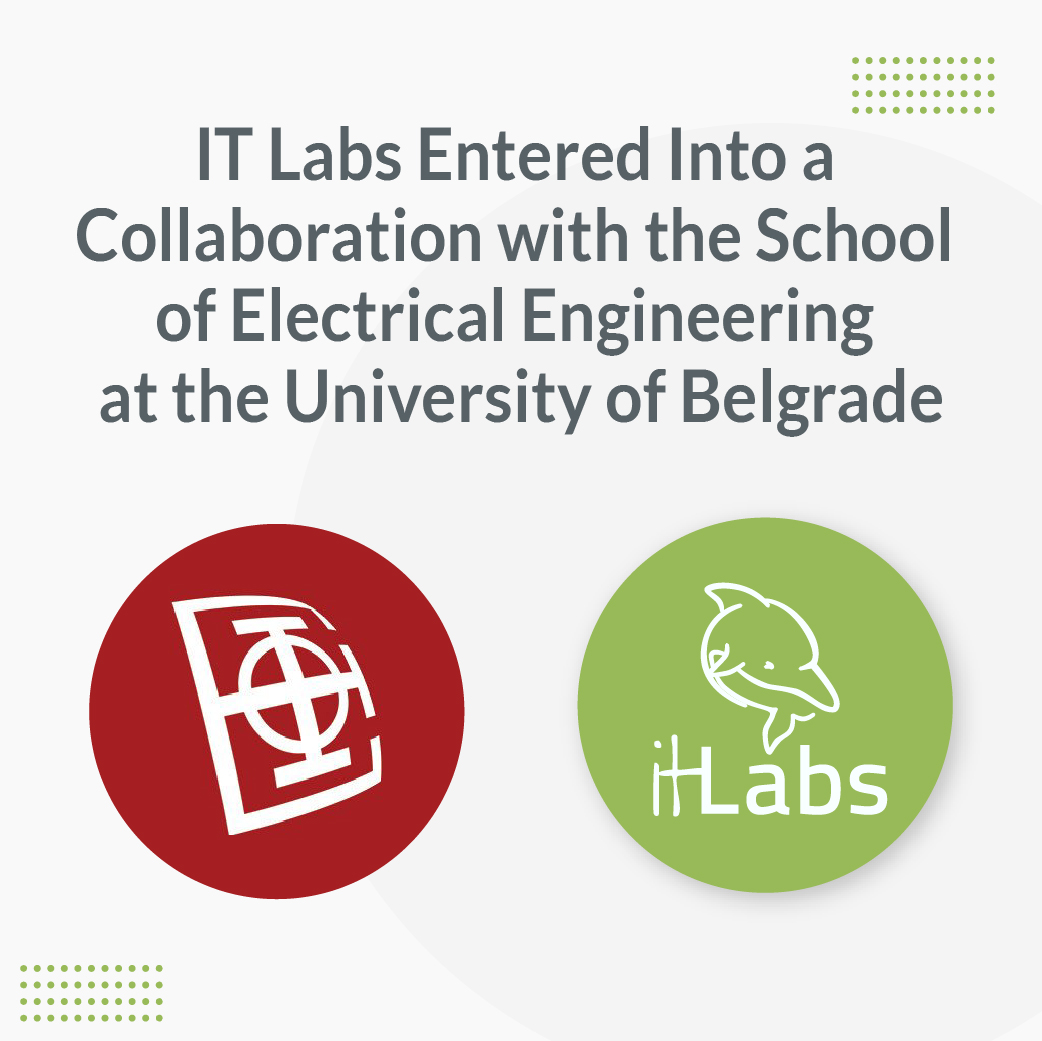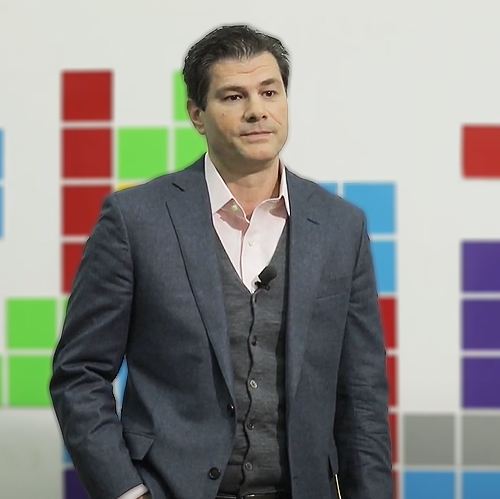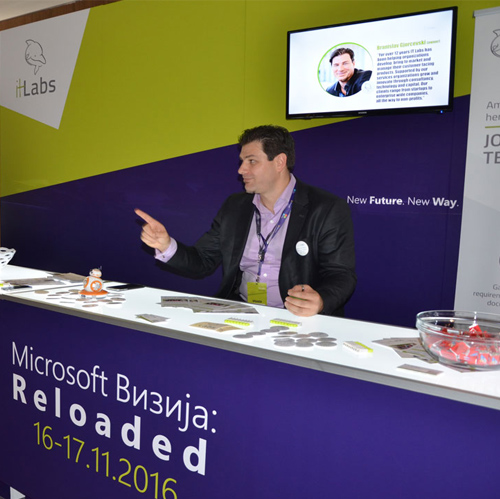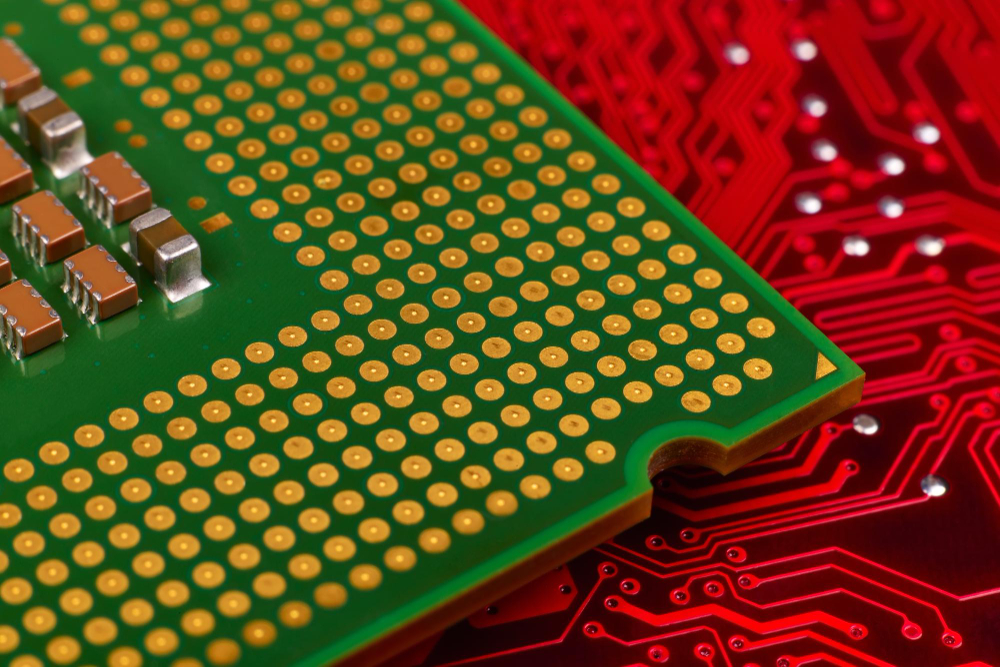
The Edge - A Crucial Battleground for Chip Makers
Rob Bauer, AMD's Senior Manager of Product Marketing, highlights the multifaceted challenges and opportunities at the edge. The burgeoning volume of data necessitates advancements in security, privacy, developer accessibility, and the longevity of chip designs. Amidst shrinking product lifecycles, especially in consumer technology, these "table stakes" drive the evolution of processors destined for edge applications.
AMD's Answer to the Edge Computing Challenge
The Spartan UltraScale+ family, the sixth generation in AMD's Spartan series, marks a strategic push into edge computing spaces. Bauer emphasizes the silicon's edge-centric design philosophy, complemented by AMD's commitment to tool commonality. The Vivado Design Suite and Vitis Unified Software Platform support the new FPGAs, addressing a critical efficiency gap in the market, particularly against smaller FPGA vendors lacking comprehensive toolsets.


Technical Innovations and Advantages
Key to the Spartan UltraScale+ series is its power efficiency, achieved through a 16nm FinFET design, which promises up to a 30% reduction in power usage. This efficiency does not compromise performance, offering 1.9 times the fabric performance and enhanced I/O and memory bandwidth, essential for edge devices operating under stringent power constraints. Additionally, AMD has fortified the Spartan UltraScale+ with robust security features, including NIST-approved post-quantum cryptography algorithms, acknowledging the critical nature of data security at the edge.
Looking Ahead: Availability and Impact
While the anticipation for the Spartan UltraScale+ is high, its availability remains on the horizon, with evaluation kits expected in the first half of 2025. This timeline poses a challenge in a fast-paced industry, where the speed of innovation is crucial.


Expert Perspective: Navigating the Future of Edge Computing with AMD
The collaboration between BMI and Intel, using Agilex FPGAs in ORAN radio units, is a forward-looking initiative that reflects deep industry insights and a commitment to innovation. As big players in the field, the fusion of ORAN's open architecture with the advanced capabilities of Agilex FPGAs is a strategic alignment that promises to accelerate the adoption of 5G technologies, reduce operational costs, and enhance network performance and sustainability.
This partnership is a beacon of innovation, showing how strategic alliances can lead to breakthroughs that shape the future of telecommunications.
However, the success of these new FPGAs will ultimately hinge on their real-world application and the ability to meet the evolving needs of developers and end-users. AMD’s strategic focus on edge computing, tool ecosystem, and performance optimization underscores a promising direction in FPGA development. It’s an exciting time in the field, and we eagerly anticipate the impact of these developments on the future of edge computing.








































